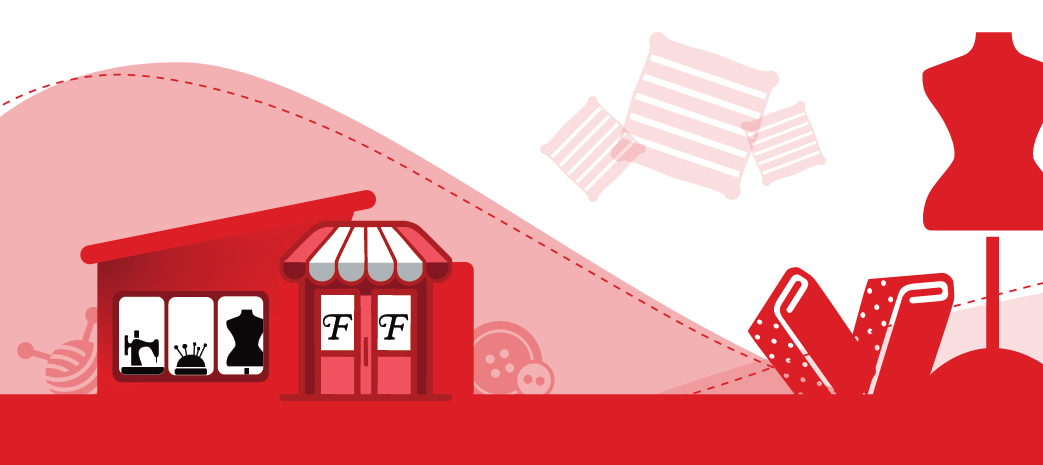Summer Cover Up

Start creating your summer fashion wears with May's DIY of the Month: Summer Cover-Up.
Create yours for beach days, vacation wear or as a colourful accessory for your work or weekend outfits!
*Please share your creations on Facebook & Instagram. Tag Fabricland at @fabriclandcanada or use the hashtag #fabriclandlove
























